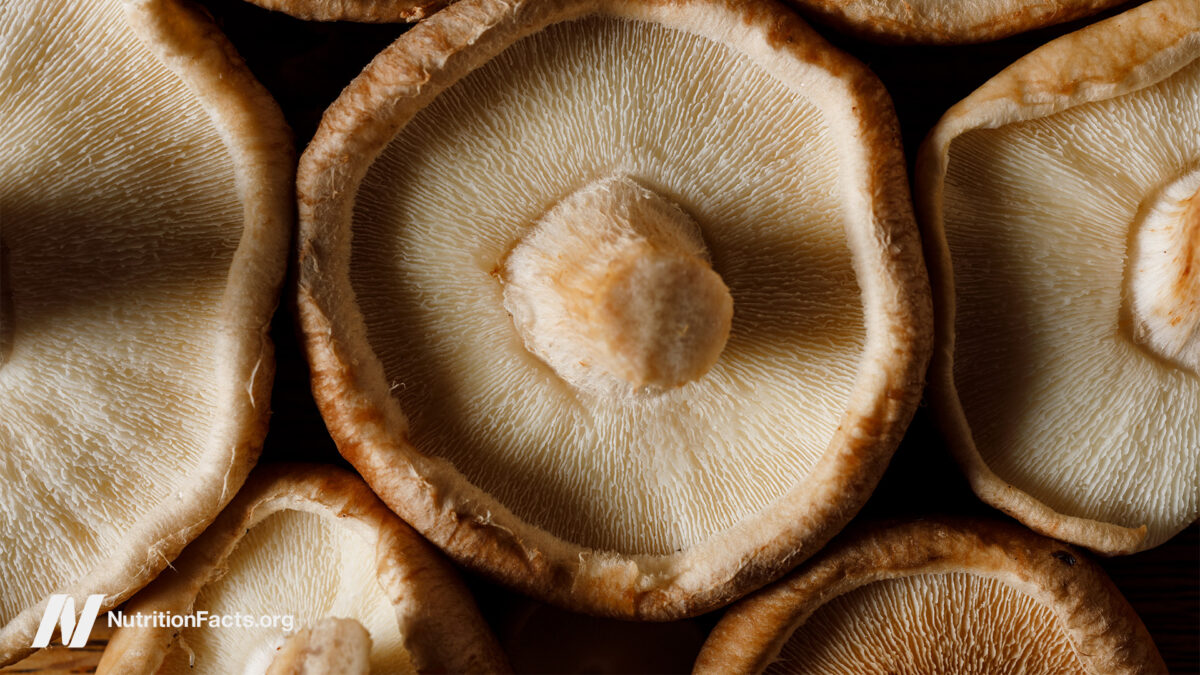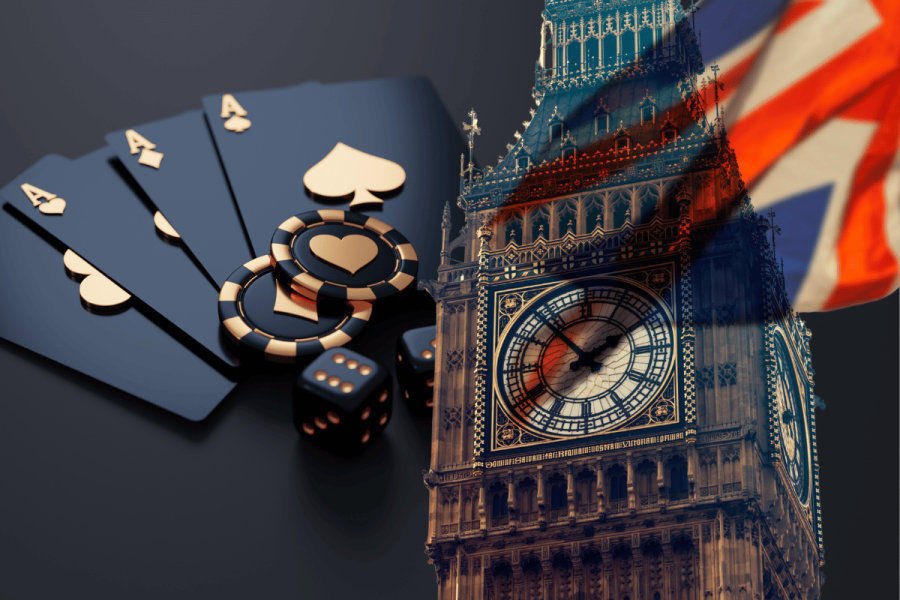Why a race-cation is the best way to discover Hvar’s serene side
Hvar may be best known as a party town, but Joanna Booth packs her trainers and swaps cocktails for running trails to discover a whole new side to the Croatian island
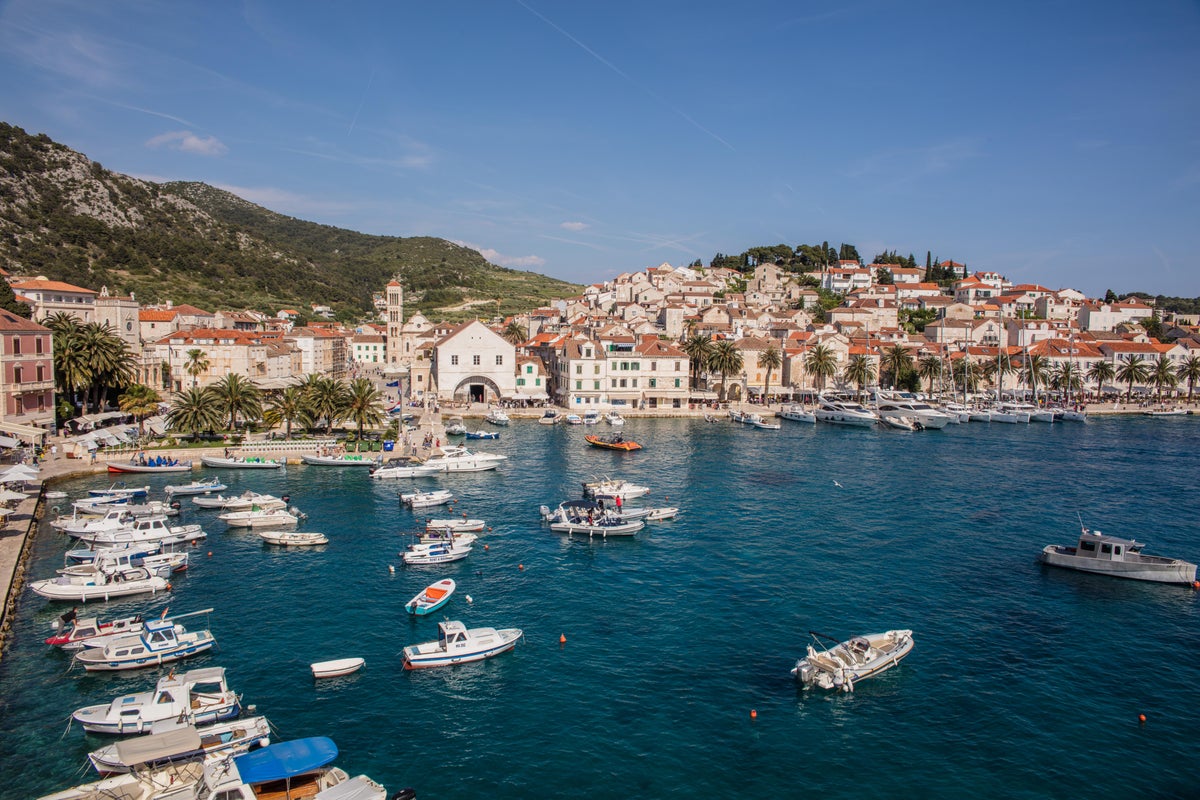
I’m beginning to think I’ve made a terrible mistake. I’m only 15 minutes into the Tour de Hvar trail run, my quads are burning and I’ve already slowed to a walk. The path up to the Purkin Kuk viewpoint is beautiful, shaded by pines and sharp with the herbaceous, aniseed scent of cow parsley, but ferociously steep – the 20 per cent gradient makes it feel as if I’m trying to run up a flight of very uneven stairs.
“Pomalo, pomalo,” I mutter to myself as I focus on putting one foot in front of another. I learnt this slang word that translates as ‘no rush’ only yesterday, chatting to mother-and-son team Koraljka and Louis Marić, who sell the island’s best artisan coffee and home-baked pastries at Kojo Café, tucked in a quiet backstreet of Stari Grad. “It’s the most important word on the island,” Louis tells me. “Sometimes we even use it instead of hello.” It turns out that Hvar’s unofficial motto is good trail running advice, too.
This is my first trail run. Living in London, my training has involved pounding flat pavements rather than leaping with mountain goat-like agility up rugged, vertiginous paths, so slowing to a walk feels like failure. But when I reach the top my doubts are blown away in the breeze as I admire the view – a sweeping panorama over the terracotta rooftops of Stari Grad, the fertile plain that spreads out beside it and behind, wooded hills and the sparkling Adriatic.
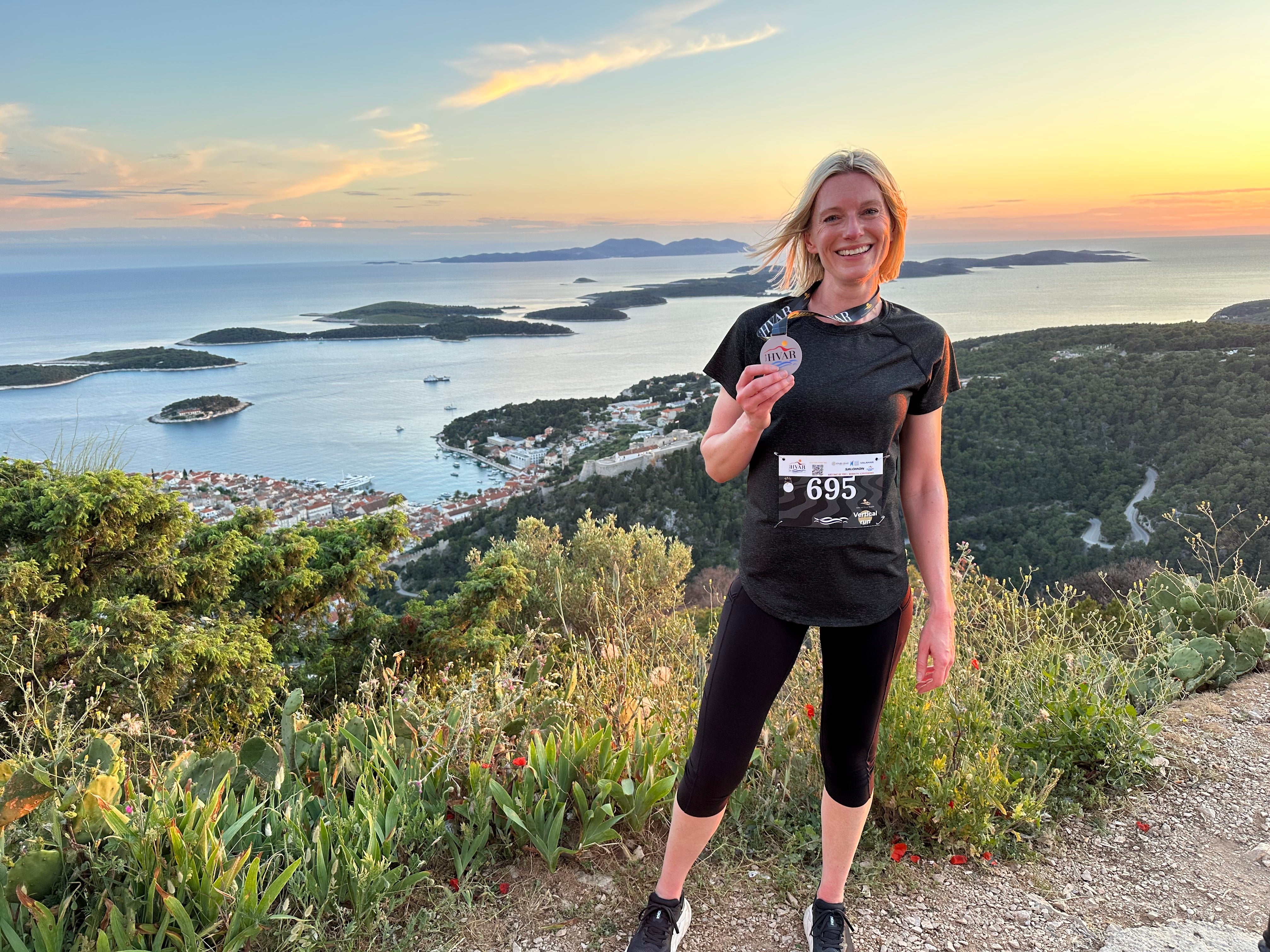
Read more: The secret heart-shaped European peninsula perfect for a foodie holiday
Right in the centre of Croatia’s Dalmatian Coast, Hvar is a strikingly beautiful island where pine-clad hills back curving, sheltered bays. Predominantly rural, the only significant towns are diminutive Stari Grad and Hvar Town itself, where the population of 4,000 can be outnumbered five to one by tourists in the height of summer. This picture-pretty spot with its 700-year-old walls and Renaissance architecture has, in recent years, garnered an unsought and inaccurate reputation as an Ibiza-style party destination, and locals have struggled with the worst excesses of drunken tourists.
I’m here to see another, more authentic side of Hvar, focusing on trails instead of cocktails. Launched this year, the Tour de Hvar is the brainchild of keen Croatian trail runners Bojan Grbić and Andrej Šimatić, who saw the potential of the island’s terrain to host an event which would attract a different type of traveller. With four distances, from a 65 kilometre ultramarathon to the short, 12.6 kilometre race I’m attempting – plus a children’s race and a Vertical Run up to the Fortress overlooking Hvar Town – it’s an inclusive event that welcomes both experienced runners and novices like me.
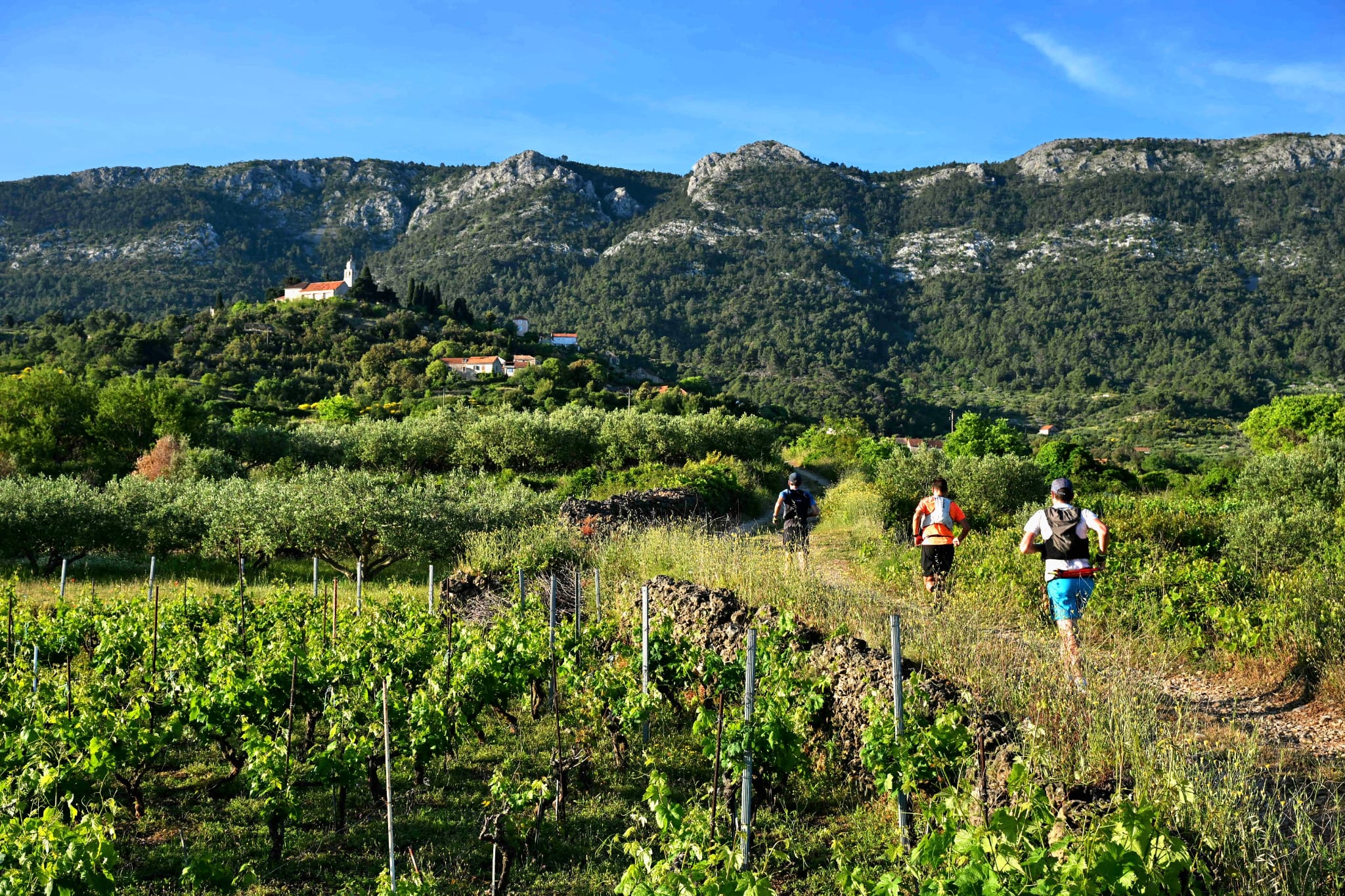
I wrench my attention away from the hypnotic view and begin my descent. Unlike downhill stretches on the road, where I tend to switch my brain off and let gravity take over, here I need to keep my wits about me to avoid turning an ankle on the terrain, a rough jumble of limestone fragments.
Geology has shaped Hvar more than its running routes. Bursting into the sunlight, I pick up speed through the Stari Grad plain, where cultivated fields are separated by a network of low walls built by Greek settlers in 4,000 BC from that same limestone rubble, and now recognised by UNESCO for their impeccable preservation. On this Saturday in May the sun is bright and beneath the blue sky spring is in full bloom – the paths are dotted with nodding red poppies, the trumpets of purple morning glory and yellow pompoms of hawkbit. I duck beneath the twisted boughs of ancient olive trees that shade my path and jog alongside serried ranks of vines – this is the island’s most fertile corner.
Read more: 6 lesser-known Croatia destinations you may not have considered
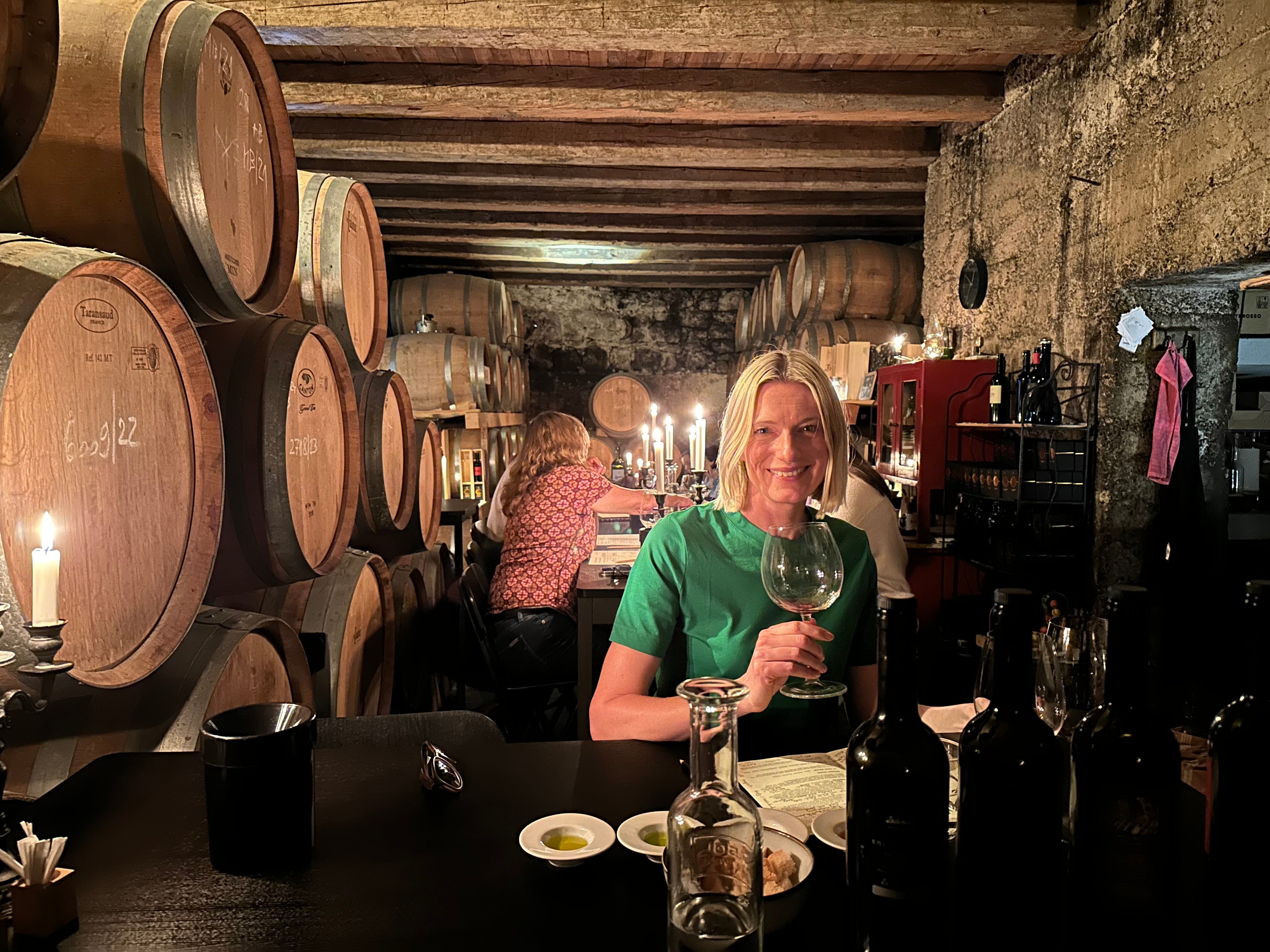
The day before I’d been just down the road at Duboković Wines in Jelsa, tasting the terroir currently beneath my trainers. Sitting in the cool, candlelit cellar built by Ivo Duboković’s grandfather, I sip my way around the island, trying the tannic reds made from classic Croatian grape Plavac Mali alongside fresh, mineral-forward white wine and smokier orange wines, which Ivo has pioneered production of on the island. Renowned for Hvar’s highest quality wines – his vintages appear on the lists of Michelin-starred restaurants – Ivo keeps production small, making only 25,000 bottles a year. “I don’t want to get too big,” he tells me. “This is sustainable. This is enough.”
As the trail turns away from the plain and starts to rise again, I’m relieved I found the self-control to say “enough” to Ivo after not too many glasses – it’s time for another ascent to the summit of Glavica Hill. I take it slow, past thickets of pine trees, bushes of wild rosemary and expanses of the lavender that used to be the island’s largest export.
Fifty years ago, Hvar was the lavender capital of Dalmatia, responsible for 8 per cent of the world’s supply. Introduced in 1928 as a measure to combat the phylloxera pest that was decimating Europe’s vineyards, it thrived in the sunny, maritime climate. I learn this from Zorana Vrandečić, who offers guided tours of the island through her company, Debonda. We chat overlooking the tiny village of Velo Grablje, now home to just 12 inhabitants, but once the centre of the lavender trade on the island and still surrounded by fragrant fields. Zorana’s father was born here, and in his lifetime the industry boomed and bust, following a fire in 1997 that destroyed vast areas of cultivation.
Read more: After a lifetime search for the perfect Greek island, I think I’ve finally found it
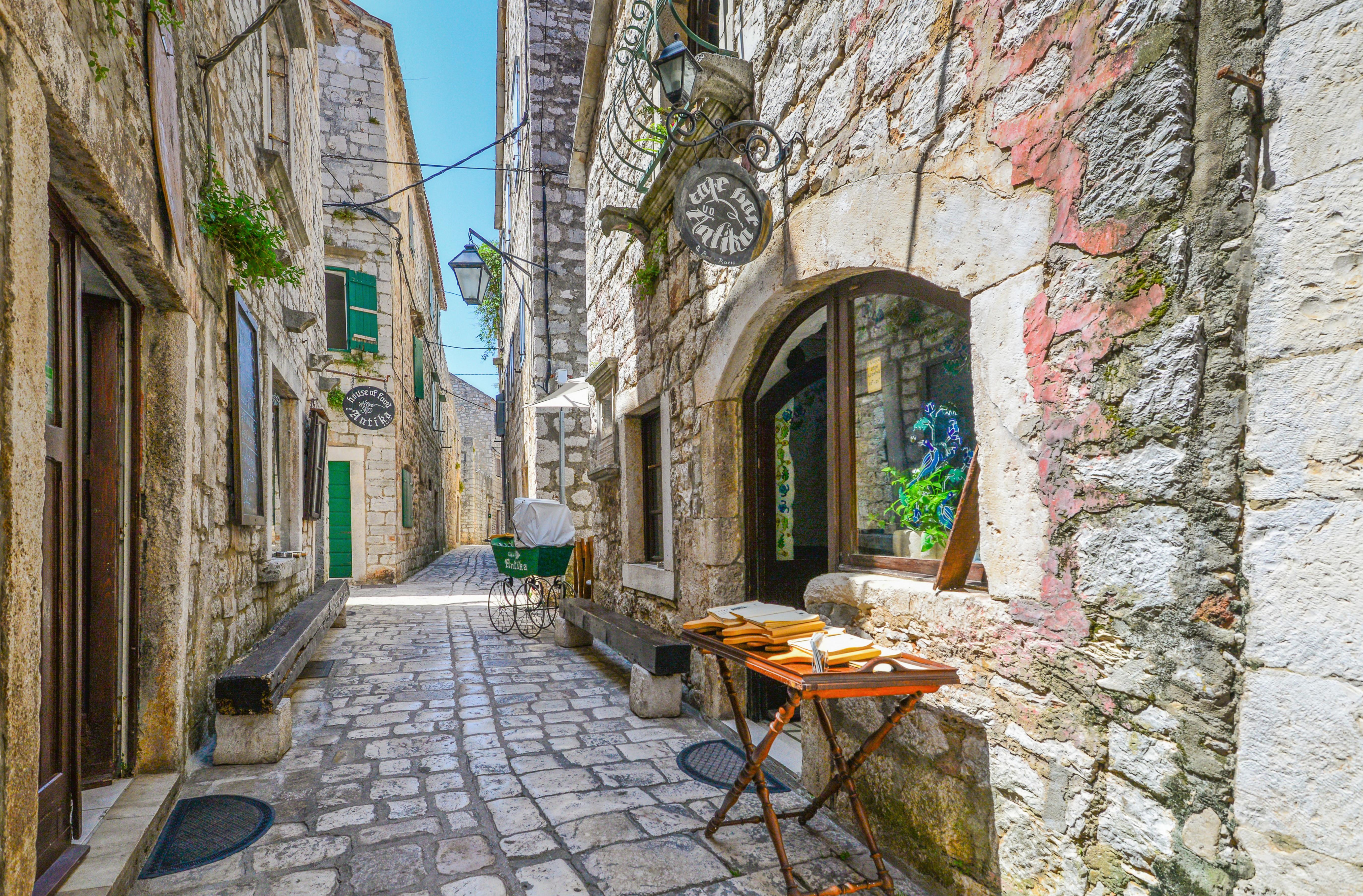
Zorana also shows me Stari Grad, its old centre a grid of tranquil, narrow streets built entirely from the champagne-toned limestone so signature to Hvar. Hitting my stride along the curving harbourfront road, I cross the line in front of the handsome Tvrdalj Palace, the summer residence of Renaissance poet Petar Hektorović, whose works celebrate the beauty of his homeland. To my surprise, I discover that despite my ‘no rush’ approach, I’ve placed third in my age group and get to take home a bronze medal.
More than 500 runners from 25 countries showed up to compete, and I chat with British couple Mark Hopkins and Sharon Barry, experienced trail runners who both win gold in their age groups in the 65-kilometre and 41-kilometre races, respectively. Having caught the bug for combining trails and travel in Slovenia, they decided to give Croatia a try. Their races took them to the peak of Sveti Nikola, the island’s highest peak, and along the coast. “The organisers have this set up to a tee,” Mark tells me. “The courses are well-marked – a mixture of single tracks and gravel paths with both technical and easier sections, and that showcase the best of the island’s scenery.”
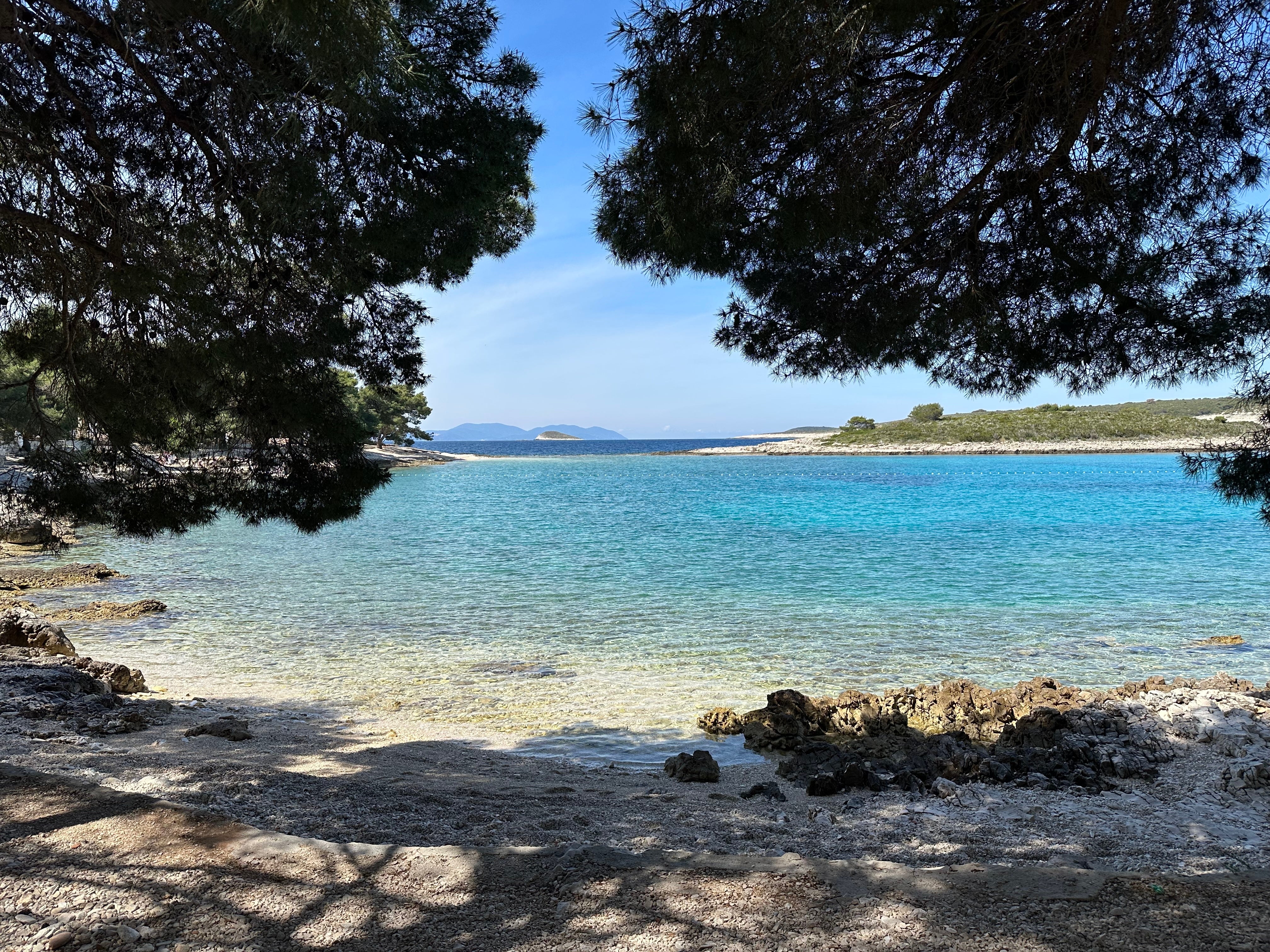
There’s one area of Hvar I’ve had my eye on since my arrival, but my legs can’t take me there. The Pakleni islands are a chain of barely inhabited islets off Hvar’s south coast, and I decide there couldn’t be a better spot for post-race relaxation. I go with boat captain Marco’s recommendation and hop off in Ždrilca Cove, a pretty sweep of white pebbles, so protected from the open sea that the curacao-coloured waters are flat as a millpond. After a quick dip, I settle down on a lounger in front of the beach bar Tri Grede with a beer and a book. Finally, I understand what they mean by ‘pomalo’.
The 2026 Tour de Hvar will take place in May. Find out more at tourdehvar.com and croatia.hr
Where to eat
Carb load pre-race at Val Marina in Hvar Town, where the menu offers a choice of pastas plus freshly-grilled local seafood served with views of the fortress that marks the finish line of the Vertical Race.
Celebrate at Black Pepper, a sophisticated choice tucked away in Hvar Town’s network of narrow streets where island ingredients are presented with creative flair when it comes to both cookery and presentation.
Where to stay
Amfora Hvar Grand Beach Resort
The Amfora Hvar Grand Beach Resort is a solid choice within a 10-minute walk of Hvar’s Old Town, set on a lovely pebble bay and encircling a huge complex of pools and sun loungers.
In Stari Grad the ultra-luxurious Maslina Resort has impeccable eco-credentials alongside its potential for pampering, with one of the few sandy beaches on the island, an extensive spa and stylish rooms where local materials are used to elegant effect.
For lower-cost stays, look for an Airbnb apartment rental in both Hvar Town and Stari Grad, where floors of the old stone houses have been nicely converted.
How to get there
Fly to Split – Croatia Airlines, easyJet, Jet2, British Airways, Wizz Air and TUI all fly direct during the summer season. Fllight time from the UK is around 2 hours 30 minutes. Take the ferry from Split to Hvar.
Read more: Best hotels in Dubrovnik

 Astrong
Astrong 



















![The 2026 AI Search Benchmark Every SEO Leader Needs [Webinar] via @sejournal, @lorenbaker](https://www.searchenginejournal.com/wp-content/uploads/2025/11/1-259.png)

